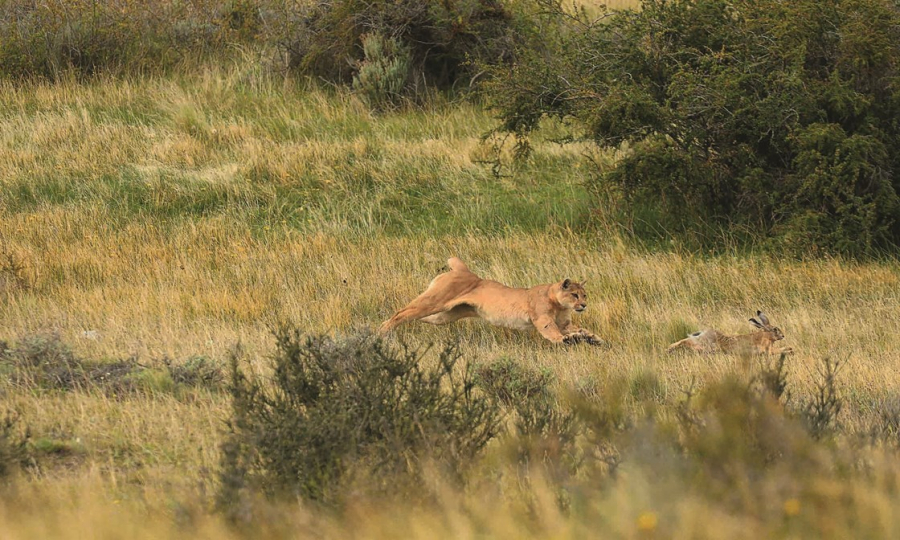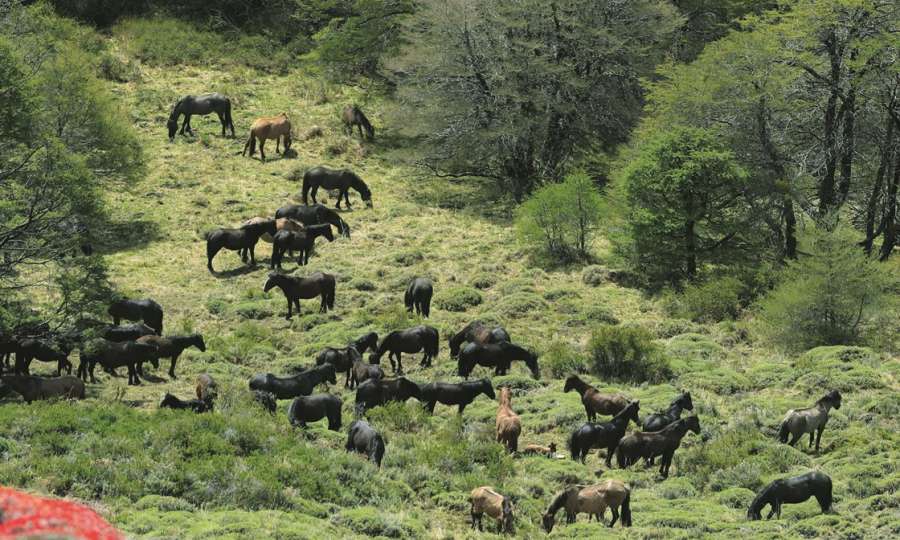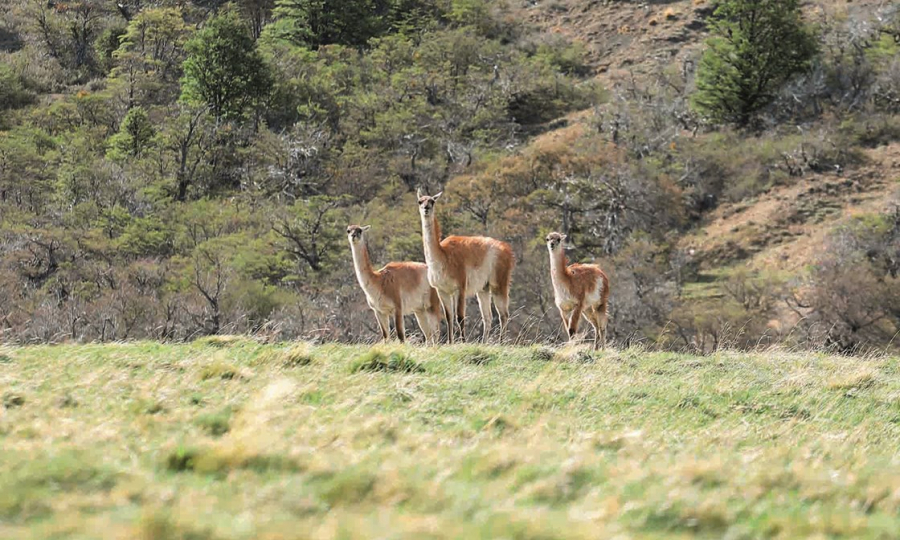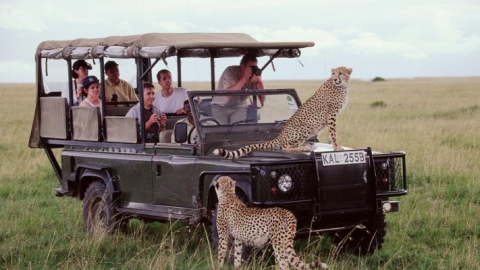The name Patagonia is derived from the namePatagon, the name given by the famous explorer Ferdinand Magellan to the natives whom his expedition mistook for giants. The Argentine part of Patagonia includes the provinces of Neuquén, Río Negro, Chubut and Santa Cruz, the eastern part of the Tierra del Fuego archipelago.
The Chilean part of Patagonia includes the southern part of Valdivia, Los Lagos in Lake Llanquihue, Chiloé, Puerto Montt, the archaeological area of Monte Verde, the southern inlets and archipelagos of Aisén and Magallanes, including the western part of Tierra del Fuego and Cape Horn. It is this area that is home to a wealth of rare wildlife.
Cougar
The puma is a cat species that lives in many regions of North America, Central America and South America. In the local language, the names of this animal are also: cu-ga, mountain lion, mountain panther or painted cat. Particularly in the Patagonia region, puma appears most in the Diego Araya area.

Bagual Wild Horse
In the Torres del Paine Valley of Patagonia, the Bagual wild horses number more than 100. They gather in herds to survive, protect each other, and fight against the claws of the puma. Coming to Patagonia, visitors can experience with scientists or local guides to learn more about the life of this rare wild animal.

Magellanic penguins
Magdalena Island in Patagonia is home to about 120,000 Magellanic penguins. They nest between mid-September and early March. The Magellanic penguin's breeding season is in January.

Magellanic penguins live in coastal areas of Argentina, Chile and the Falkland Islands, with some migrating to Brazil. Magellanic penguins are medium-sized penguins, standing between 61 and 76 cm in height and weighing between 2.7 and 6.5 kg. Adults have a black back and a white belly, with two black bands between the head and chest, with the lower band forming an inverted horseshoe shape.
Juvenile Magellanic penguins have blue-grey backs, with a fading blue-grey color on their chests. They can live up to 25 years in the wild and over 30 years in captivity.
Humboldt hog-nosed skunk
The Humboldt hog-nosed skunk is a hog-nosed skunk native to the open grassy areas of Patagonia. The Humboldt hog-nosed skunk is primarily an insectivore, but will also eat vertebrates, such as rodents, and carrion in the winter when insects are less abundant. The animal is very fast, and visitors should bring binoculars to get a closer look.

Guanaco
The Guanaco is a South American camelid, measuring 107 to 122 cm (42 to 48 in) in height at the shoulder and weighing around 90 kg (200 lb). Its body colour varies little (unlike the llama), ranging from light brown to dark cinnamon, with a white belly. The Guanaco has a grey face and small, straight ears. The original name guanaco comes from the Quechua word wanaku (formerly spelled huanaco).


















.jpg.jpg)
(Copy).jpg.jpg)














